As a buy-side analyst, there are two primary obstacles that can get in your way of making money.
- You’re constantly inundated with research, and it’s incredibly challenging to filter through it all to figure out what matters.
- Living in a world where time travel doesn’t exist (yet) makes it hard to accomplish the relentless amount of researching, number crunching, and idea generation you need to do at any given moment.
So what gives? How can you achieve your goal of making money with all this noise around you all day, every day? Fortunately, financial technology companies are hard at work creating tools that can make your life easier. As we head into a new year, take a few minutes to learn about a few tools that every buy-side analyst should have.
Tools to cut through the noise and discover the research that is most impactful
It’s challenging to stay informed as an analyst. Following a portfolio of 50 companies and trying to know every single thing that’s happening with those companies at all times is not easy. Every moment of your day is filled with reading the news and industry reports, combing through sell-side research reports, and diving into financial models to better understand the past, present, and future of each company.
Here are a few tools that can help buy-side analysts cut through the noise – or get rid of the noise altogether – and go directly to what’s important.
SOLUTION: Research discovery
Finding research is easy. Finding the right research is hard. A good investment research tool can pull out the important content you need for your investment thesis across content types and providers can help you discover the events, models and research reports. With this tool, you can easily access all of your entitled research in one place; sort and filter by author, date, sector, etc, to find exactly what you need; and consume the content directly in the tool.
SOLUTION: Research tracking
In order to pay for sell-side content, as required by MiFID II, it will be important to see exactly what you have consumed. With a content consumption tracking tool, research providers can upload consumption activity so you can take the necessary steps to value and pay for each interaction. (P.S. Are you ready for MiFID II?) Within a research tracking tool, a rate card will allow you to immediately place a value on the content for later reference in the broker vote.
SOLUTION: Broker vote system
While a research tracking tool makes up the quantitative valuation of research, the broker vote is the next step in combining the quantitative and qualitative value of consumed research. While broker liaisons may be the ones creating and enforcing a methodology for research payment, it’s important that the investment team understands the purpose of the methodology and how it benefits you. For example, by quantifying the value of the research reports, models, and corporate access events, you have something to point to and say, “This research provider really helped me solidify my investment thesis,” or “We’ve been paying this research provider a lot of money in the past, but I rarely even use the research and models they send me.” A formal broker vote system will force you to honestly quantify the value of each research provider and will reconcile consumed value and perceived value. An effective and regulatory compliant vote ensures that payments are made to brokers based on quantitative data in addition to qualitative evaluation.
SOLUTION: Research management system
Research management systems are gaining popularity throughout the buy side, and for good reason. A research management system (RMS) allows a firm to collect and save internal and external research in one centralized location. Instead of saving research on personal drives, email folders or shared drives, all research can be saved on the firm’s RMS. You can easily locate or discover what you are looking for and even share relevant research with a colleague. Each analyst can save the research that is most useful to them for easy access, as well as rate the authors and sell-side firms that have the most helpful research. In fact, some RMS solutions allow you to add notes or make comments directly in a report.
Another key component of a good research management system is the ability to author your own content and share it internally.
Tools to create more time in your day
We’ve discussed resources that help cut through the noise, which will automatically give you some time back in your day. However, there are other components of your job that take up a lot of time. Have you ever spent five hours trying to make a set of financial models comparable? Even then, it’s just the first step before figuring out what that information means and how to apply it to your investment thesis. What if there was a tool that makes those models comparable for you and gives you consensus with the click of a button? What if you could spend more time using information to fuel your investment thesis instead of creating that information? Here are some resources for equity research and analysis that increase efficiency and save time.
SOLUTION: Instant access to financial models
You want the latest financial model from your favorite broker, so you call your sales rep to request it. She hangs up, goes over to the analyst and asks if he can send it to her so she can send it to you. He is running off to a meeting so he says to come back in 30 minutes. Thirty minutes later, she asks him for the model again; after some back and forth to ensure the model is getting put in the right hands, she receives the model in her inbox, which she then forwards to you. Forty-five minutes after your initial call you receive the model you need. Now, check out this buy-side software platform that provides you with instant access to the latest models from your research providers and spend less time trying to get the information you need to do your job.
SOLUTION: Financial modeling tool
You could hire associates to crunch the numbers and make financial models comparable, or you could find a trustworthy software for investment professionals that does the work for you. There are several platforms that provide analysts with consensus on key drivers for companies, and some go deeper than others in giving you consensus on every line item. With a financial modeling solution, analysts can save the time they used to spend on extracting useful information from incomparable financial models, and instead apply that time toward actually using those consensus numbers toward an investment idea.
Be sure to find a tool that has an Excel Add-In component. The Add-in enables you to automatically view the most up-to-date information directly in Excel. You may also want a solution that allows you to conduct analysis with visualizations, such as visualizations for surprise analysis and analyst variation. Remember, the goal is to spend less time creating information you can analyze, and spending that time actually analyzing useful information that you can then use for your investment thesis. These features do double-duty, too, in that they help cut through noise and shed on light on what really matters.
Above all, it’s important to find a workflow that works for you. But keep in mind that with advances in technology come tools that may increase your productivity and ultimately help you make better investment decisions. Always be on the lookout for time-saving tips and tools.





